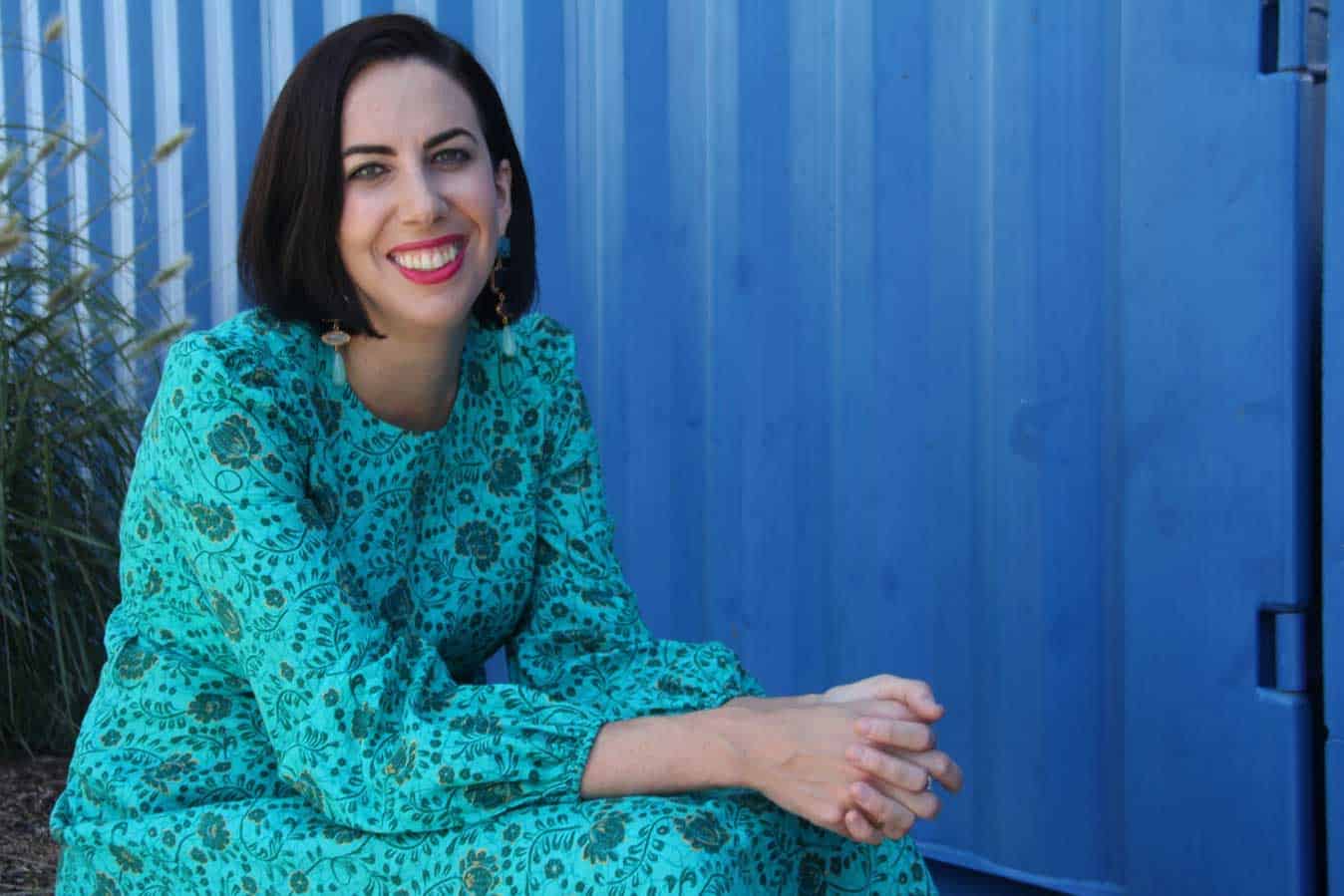The voice of politicians and other ‘elites’ are given greater media attention as sources than those of aged care staff, residents and their families skewering reporting of the sector, research shows.
If news organisations in Australia created a ‘round’ for reporting on ageing and aged care issues, the often-marginalised sector would be better represented and entrenched ageism potentially less prevalent, according to QUT researchers.
An analysis was conducted of which sources journalists at four national news outlets used in their news coverage of the aged care sector during the first half of the Aged Care Royal Commission (1 October 2018 – 31 December 2019).
“In Australia, news coverage of older people and the aged care sector are overwhelmingly covered by generalist reporters or, for larger and better-resourced organisations, more specialised ‘social affairs’ journalists who, however, still have a relatively large remit that can include ageing, disability, welfare, immigration, free speech, health, industrial relations, population policy and more,” said senior lecturer with QUT’s School of Communication Dr TJ Thomson.
National news outlets like The Australian, The ABC, The Age, The Guardian Australia, and The Sydney Morning Herald, all have dedicated Indigenous affairs journalists and/or editors and in contrast to other Royal Commissions, such as the banking one, which benefited from coverage from more specialist reporters, he said.
“…it does suggest news organisations view certain topics as more worthy of investment and attention than other topics and demographics.”
The way news media represents ageing was a critical influence on how the community regarded older people and aged care, said QUT’s Professor Sarah Holland-Batt in the School of Creative Practice and aged-care advocate.
“Our results reveal journalists relied on elite sources, such as politicians, government and institutional sources, academics, and healthcare experts, in 79.7% of cases. Conversely, they relied on non-elite sources, including aged care residents, affected family members, and aged care workers, in only 20.3% of cases.

“That kind of ratio helps contribute to the dehumanising of people in a very vulnerable position and does not reflect well on our society and what we value.”
Previous Australian research had found journalists focused less on aged care compared to other topics and were more likely to show older people in stereotypical or disempowering ways, Dr Thomson said.
“Journalists here are also far more likely to focus on the economic or political implications of aged care compared to the social implications,” Dr Thomson said.
Written as part of an ARC-funded Discovery Project – Amplifying Voices from the Royal Commission into Aged Care was published in Journalism Practice.
Read the full paper online at: Who or What Gets Referenced by Whom, How Often, and in Which Ways? Exploring Journalists’ Sourcing Practices in the Context of Aged Care Coverage (tandfonline.com)








